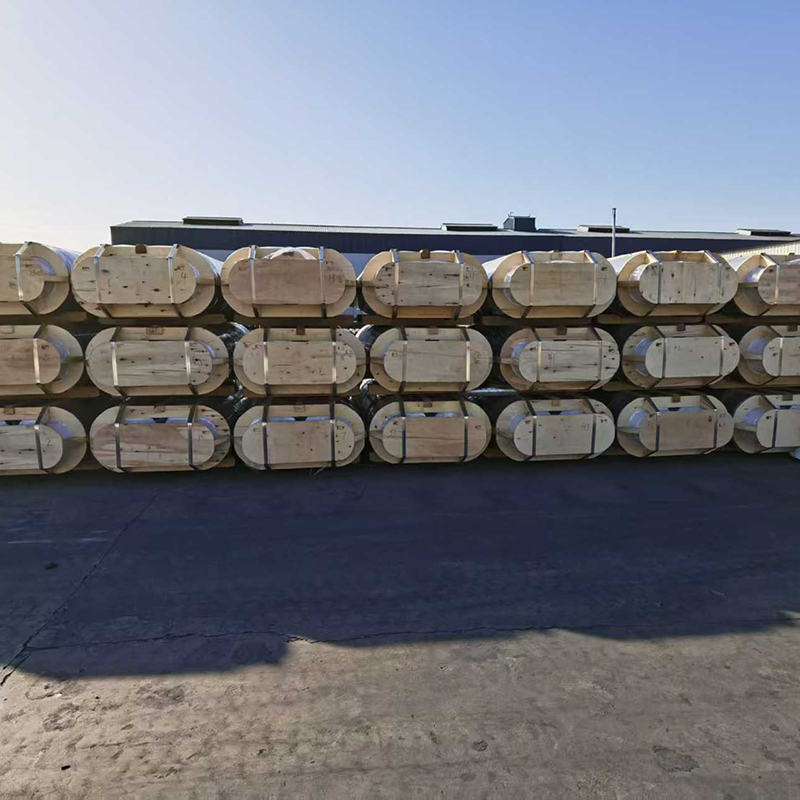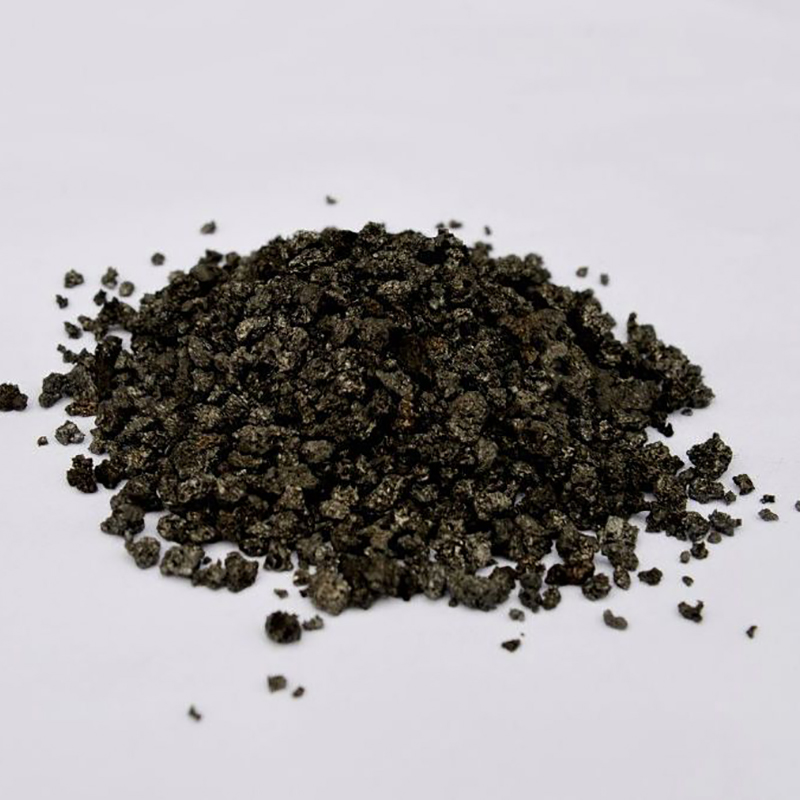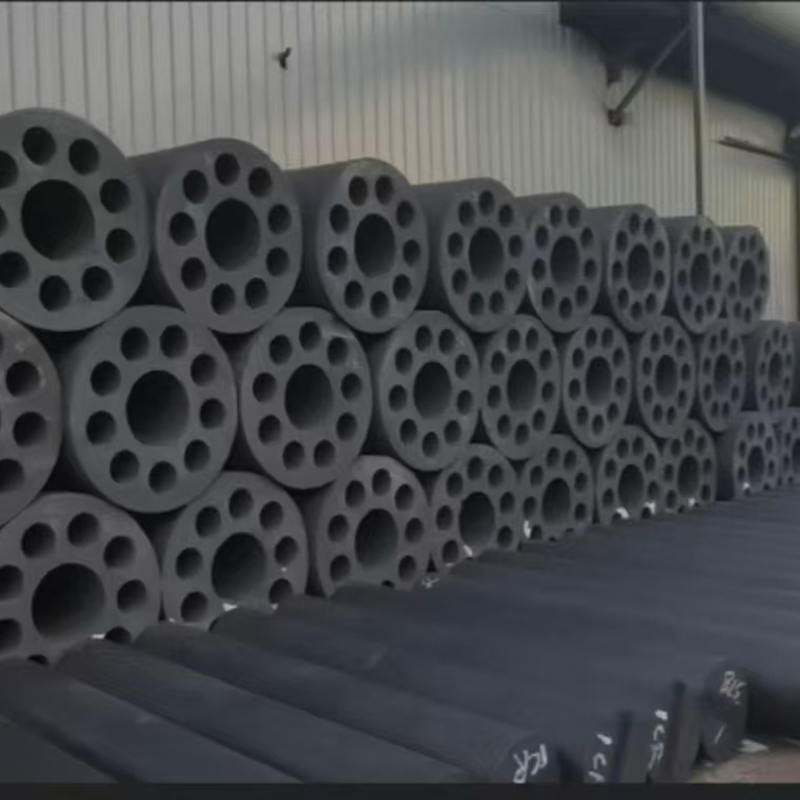- Chinese
- French
- German
- Portuguese
- Spanish
- Russian
- Japanese
- Korean
- Arabic
- Irish
- Greek
- Turkish
- Italian
- Danish
- Romanian
- Indonesian
- Czech
- Afrikaans
- Swedish
- Polish
- Basque
- Catalan
- Esperanto
- Hindi
- Lao
- Albanian
- Amharic
- Armenian
- Azerbaijani
- Belarusian
- Bengali
- Bosnian
- Bulgarian
- Cebuano
- Chichewa
- Corsican
- Croatian
- Dutch
- Estonian
- Filipino
- Finnish
- Frisian
- Galician
- Georgian
- Gujarati
- Haitian
- Hausa
- Hawaiian
- Hebrew
- Hmong
- Hungarian
- Icelandic
- Igbo
- Javanese
- Kannada
- Kazakh
- Khmer
- Kurdish
- Kyrgyz
- Latin
- Latvian
- Lithuanian
- Luxembou..
- Macedonian
- Malagasy
- Malay
- Malayalam
- Maltese
- Maori
- Marathi
- Mongolian
- Burmese
- Nepali
- Norwegian
- Pashto
- Persian
- Punjabi
- Serbian
- Sesotho
- Sinhala
- Slovak
- Slovenian
- Somali
- Samoan
- Scots Gaelic
- Shona
- Sindhi
- Sundanese
- Swahili
- Tajik
- Tamil
- Telugu
- Thai
- Ukrainian
- Urdu
- Uzbek
- Vietnamese
- Welsh
- Xhosa
- Yiddish
- Yoruba
- Zulu
- Kinyarwanda
- Tatar
- Oriya
- Turkmen
- Uyghur

Understanding and Utilizing Copper Graphite Electrodes
2025-05-08
Understanding and Utilizing Copper Graphite Electrodes
This comprehensive guide explores the properties, applications, and selection criteria for copper graphite electrodes. We delve into their unique characteristics, comparing them to other electrode types and providing practical advice for various industrial processes. Learn how to choose the right electrode for optimal performance and longevity.
What are Copper Graphite Electrodes?
Copper graphite electrodes are composite materials combining the excellent electrical conductivity of copper with the high thermal conductivity and chemical resistance of graphite. This unique combination results in electrodes with superior performance characteristics compared to those made solely of copper or graphite. They are widely used in various industries demanding high current carrying capacity, abrasion resistance, and thermal stability. The precise composition and manufacturing process can vary significantly depending on the intended application.
Advantages of Copper Graphite Electrodes
Superior Electrical Conductivity
The incorporation of copper significantly enhances the electrical conductivity of the electrode compared to pure graphite electrodes, leading to reduced energy loss and improved efficiency in electrochemical processes. This is crucial in applications like electroplating, electrolysis, and electric arc furnaces.
Excellent Thermal Conductivity
The graphite component provides exceptional thermal conductivity, enabling efficient heat dissipation and preventing overheating during operation. This is particularly beneficial in high-current applications where heat generation is a significant concern. This feature extends the lifespan of the electrode and improves overall system reliability.
High Chemical Resistance
Graphite’s inherent chemical inertness contributes to the copper graphite electrodes’ resistance to corrosion and chemical attack, ensuring longer operational life even in harsh environments. This is critical in industries dealing with aggressive chemicals or high temperatures.
Enhanced Abrasion Resistance
The composite structure provides better mechanical strength and abrasion resistance than either copper or graphite alone. This is vital in applications where the electrodes experience significant wear and tear, such as EDM (Electrical Discharge Machining) and other machining processes.
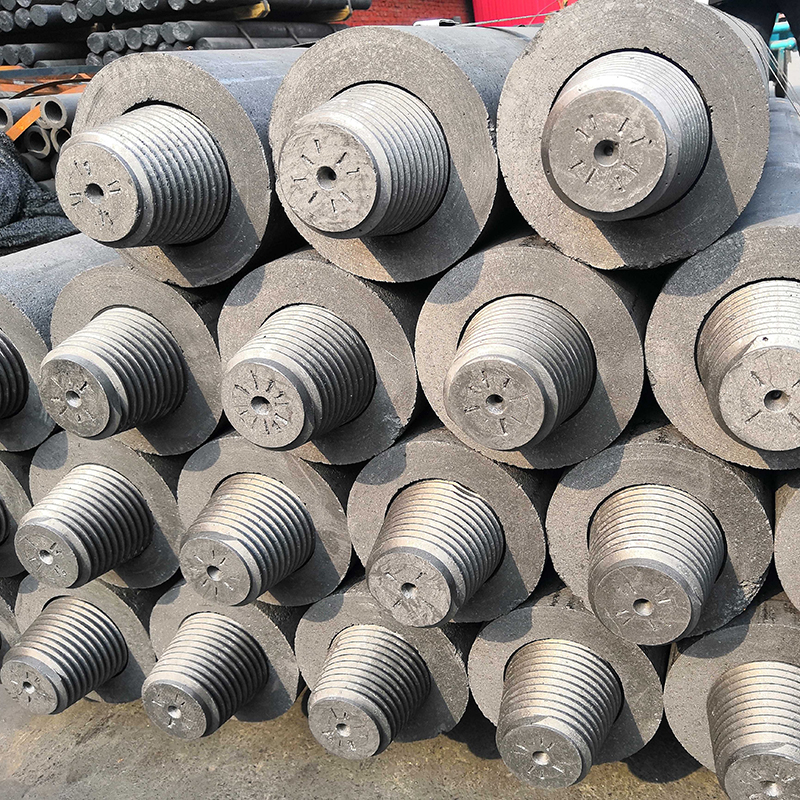
Applications of Copper Graphite Electrodes
Copper graphite electrodes find extensive use across several industrial sectors:
| Industry | Application |
|---|---|
| Electroplating | Used as anodes in various electroplating processes due to their excellent conductivity and corrosion resistance. |
| Electrolysis | Essential components in electrolytic cells for processes such as aluminum smelting and chlorine production. |
| Electric Arc Furnaces (EAF) | Used as electrodes in EAFs for steelmaking, providing high current carrying capacity and thermal stability. |
| Electrical Discharge Machining (EDM) | Used as electrodes in EDM processes due to their excellent wear resistance and ability to withstand high temperatures. |
Table 1: Common Applications of Copper Graphite Electrodes
Selecting the Right Copper Graphite Electrode
Choosing the appropriate copper graphite electrodes requires careful consideration of several factors, including the specific application, required conductivity, thermal requirements, and expected wear. Consulting with a specialist supplier, such as Hebei Yaofa Carbon Co., Ltd., can be invaluable in making the optimal selection for your needs. They offer a wide range of high-quality copper graphite electrodes tailored to diverse industrial applications.
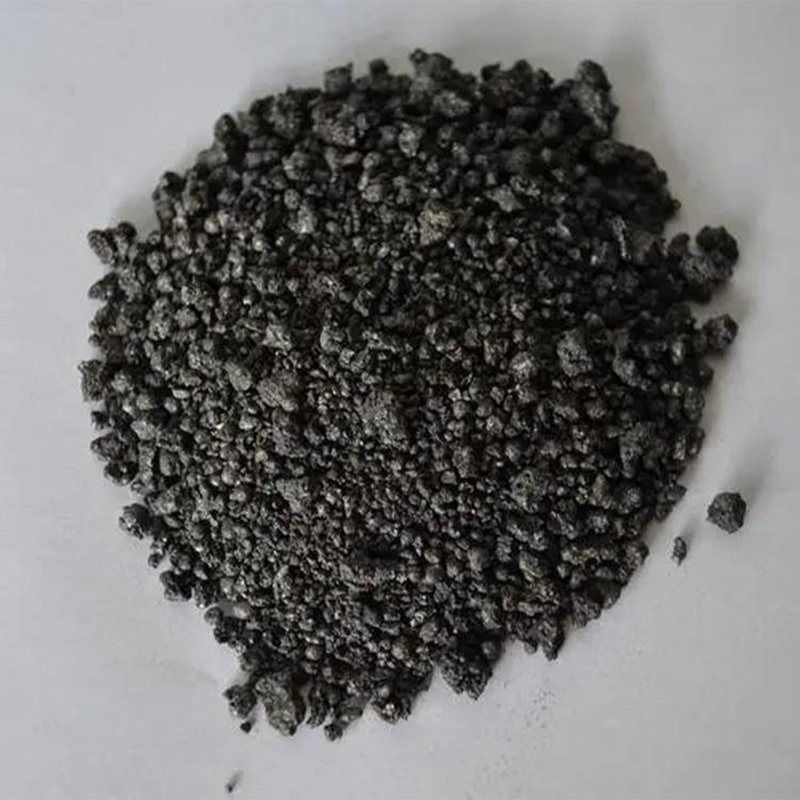
Conclusion
Copper graphite electrodes offer a compelling combination of properties that make them ideal for a wide range of applications. Understanding their advantages, applications, and selection criteria is crucial for optimizing performance and extending the lifespan of your equipment. Remember to always consult with experienced professionals to ensure the correct electrode selection for your specific needs.






